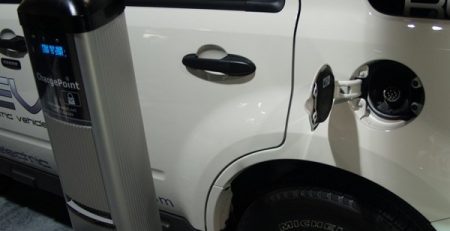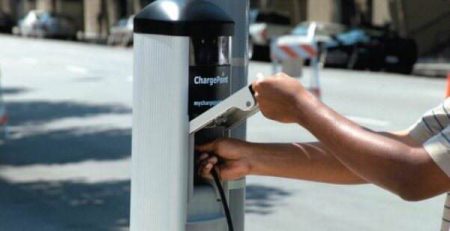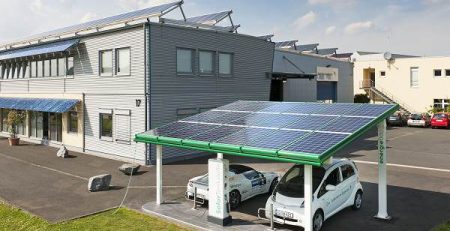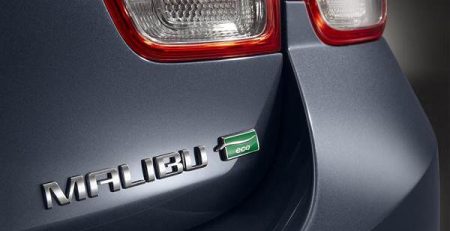The thing that puzzles me the most about Renault’s EV is the 22 kW charging

How do you choose between Renault’s EVs when you need to get a service vehicle like Kangoo ZE, but also a 22 kW charger that only ZOE has? Renault’s head of EV program Eric Feunteun provides some answers (in Automobile Propre interview), which may or may not help taking the decision…
Some facts
Renault ZOE is equipped with 22 kW onboard charger, and Kangoo ZE has a 3.3 kW one.
Some questions and answers
Automobile Propre’s team spoke about Renault’s EVs with Eric Feunteun at the ongoing Geneva autoshow. alongside the new ZOE Swiss Edition. Though not exactly news, Eric confirms some points and answers some questions. Let’s see.
That ZOE 2 is going to provide at least 300 km of real world range is great. So let’s count this one confirmed. Good news, indeed.
Next, about the DC charging option, Eric says it’s not likely coming, because the 22 kW AC charging is good enough now and even for the Gen 2 batteries. I agree. That’s why our ELEKTROMOBILI BG company developed a 22 kW AC charging station.
And here comes the important question: “Will Kangoo ZE get the 22 kW charger?”
Unfortunately, Eric’s answer is this: “It’s not impossible, but nothing is planned in the short term.”
According to Eric, “Kangoo ZE does not have the 22 kW charger simply because it does not seem obvious and our customers do not demand it. The 22 kW charging would only make sense for double daily use.”
A use case scenario
As an EV charging stations manufacturer we naturally aim to privide installation services. Now imagine us deviler an EV charging station to a customer by using a diesel vehicle. It sounds weird, right? It does not fit the purpose. So we need and EV.
Which EV is the most appropriate? Quick answer is: Renault ZOE, because it has a 22 kW charger. Why? Let’s say a customer buys a charging station from us and we need to drive 110 km to install it. With ZOE we deliver, install, test (by charging the car, how convenient), have a chat and a snack for an hour or less and go back. Or to another customer. Good!
Wait. Isn’t Kangoo ZE better for the job? It’s a service vehicle after all – one made particularly for a business like ours. But we drove it back in 2013 from Sofia to Plovdiv (some 150 km) just to see if it will make it. Well it made it, if you don’t mind driving at 50-70 km/h on the highway. And then some 9 hours charging to get back. OK, might have shorten it to 6 hours should there was a charging station available around, but still…
The cost of a 22 kW onboard charger
Yes, it doesn’t come cheap. The only 22 kW on the market today I know of is made by BRUSA. It costs around €6,000. I don’t know how much it costs Renault to add a 22 kW charger to ZOE, but with tens of thousands of EVs in production it should be much cheaper than BRUSA’s charger.
Eric says they are trying to focus on cost competitivenes rather than functionality. With the fierce competition in the light duty class it sounds logical. But there’s probably even greater competition in ZOE’s class. So I am puzzled why it’s cost competitive to add a 22 kW charger to ZOE and not to Kangoo ZE?!?
One possible answer is that Renault Nissan alliance is exploring different options. One is with Kangoo ZE, and the other with e-NV200. But the latter has a DC charging? So someone decided it will still be cost competitive even with the DC charging vs Kangoo with a 22 kW charger?
Another fact is no one is still exploring the 22 kW charging in a light duty vehicle. Save for these two above we have the Citroen Berlingo electric version on the market that also has DC charging, but same painfully slow AC option. So no one stands out as with ZOE in the respective class.
What puzzles me is why Renault thinks customers won’t be using Kangoo ZE for “double tours” daily? Based on La Poste feedback? Well this does not convince me at all. La Poste gets what is available and it may fit their model, but in the forums I see time and time again comments about Kangoo ZE’s inadequately slow charging.
Possible solution
The system is there. ZOE has it. So one possible solution is to at least offer it as an option in Kangoo ZE. Really not as easy as it sounds, I know, but it’s already there – it’s something Renault has available on hand.
And one final word. Cost competitivenes vs functionality! It sure is a very sensitive matter. As is the courage to correct mistakes.
All part of the puzzle.









Leave a Reply